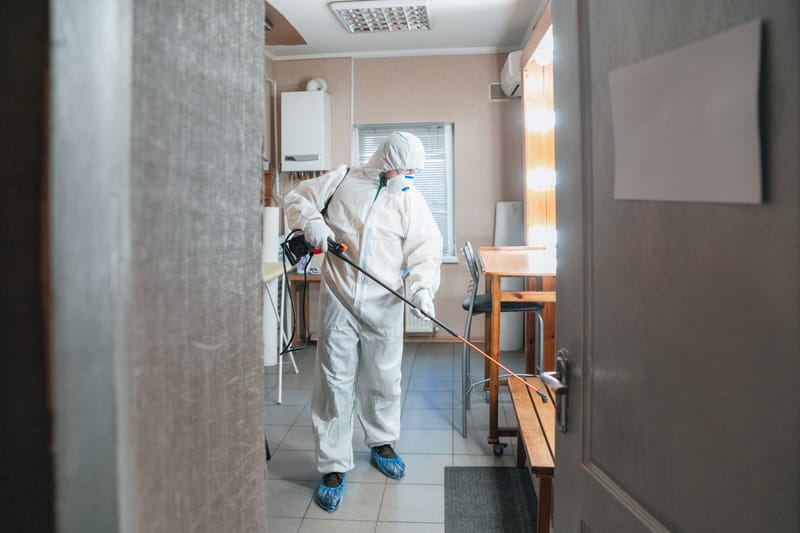MOLD REMOVAL

Mold removal is a multi-step process aimed at eliminating mold growth from indoor spaces and preventing its recurrence. Here’s a comprehensive guide on how to approach mold removal:
1. Safety First
- Protective Gear: Wear personal protective equipment (PPE), including N95 respirators, gloves, and goggles, to avoid exposure to mold spores.
- Containment: Seal off the affected area with plastic sheeting to prevent mold spores from spreading to other parts of the building.
2. Identify and Address the Source of Moisture
- Find Leaks: Inspect plumbing, roofs, windows, and walls for leaks and repair them.
- Improve Ventilation: Ensure proper ventilation in areas prone to moisture, like bathrooms and kitchens. Use dehumidifiers if necessary.
3. Remove and Dispose of Contaminated Materials
- Porous Materials: Remove and discard materials that cannot be adequately cleaned, such as drywall, insulation, and carpet that have been heavily contaminated.
- Non-Porous Materials: Clean and disinfect non-porous surfaces like metal, glass, and plastic.
4. Clean and Disinfect
- Surface Cleaning: Use detergent and water to scrub affected surfaces. For non-porous surfaces, you can use a mixture of water and bleach (1 cup of bleach to 1 gallon of water). Ensure the area is well-ventilated when using bleach.
- HEPA Vacuuming: Use a vacuum equipped with a HEPA filter to clean up mold spores from surfaces and floors.
5. Repair and Restore
- Replace Materials: Install new materials where old, contaminated ones were removed. For example, replace drywall and insulation.
- Seal and Paint: After cleaning, apply a mold-resistant primer and paint to prevent future mold growth. Ensure the paint is specifically designed for areas prone to moisture.
6. Monitor and Maintain
- Regular Inspections: Check the area regularly to ensure mold does not return.
- Humidity Control: Maintain indoor humidity levels between 30-50% to prevent mold growth. Use dehumidifiers and air conditioners as needed.
Special Considerations
- Large or Severe Infestations: If the mold infestation is extensive (greater than 10 square feet) or if it involves HVAC systems, it’s advisable to hire a professional mold remediation specialist.
- Health Concerns: If mold exposure has caused health issues, consult with a healthcare provider for advice on managing symptoms and protecting health during the remediation process.
Tools and Materials
- Cleaning Supplies: Detergents, disinfectants, bleach, and mold removers.
- Protective Gear: N95 respirators, gloves, and goggles.
- Equipment: HEPA vacuums, dehumidifiers, and fans for drying and ventilation.
Prevention
- Address Water Problems: Fix leaks, improve drainage, and ensure proper ventilation.
- Regular Maintenance: Inspect and maintain roofing, plumbing, and HVAC systems to prevent moisture problems.
If you need detailed instructions on any specific step or have questions about dealing with a particularly challenging mold issue, feel free to ask!